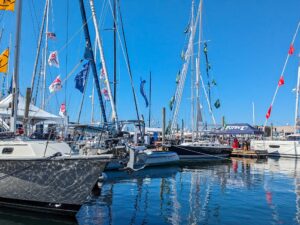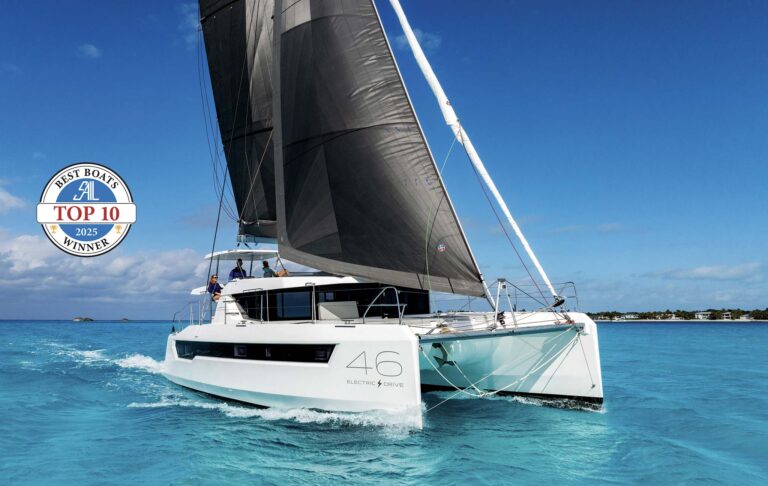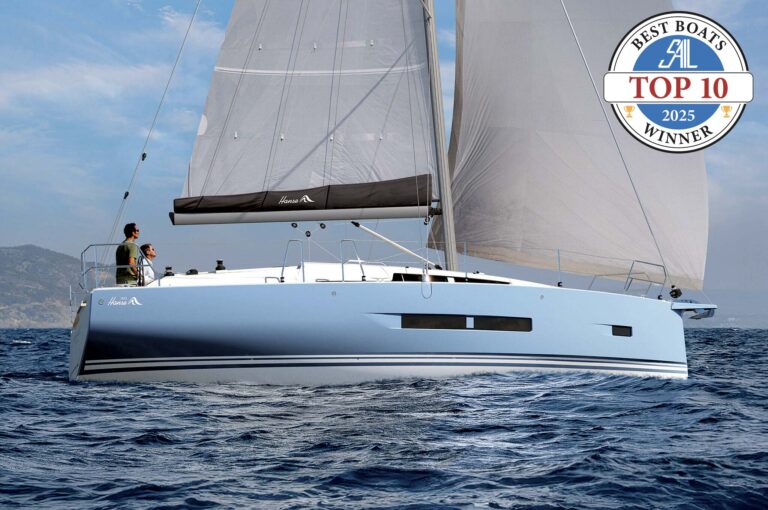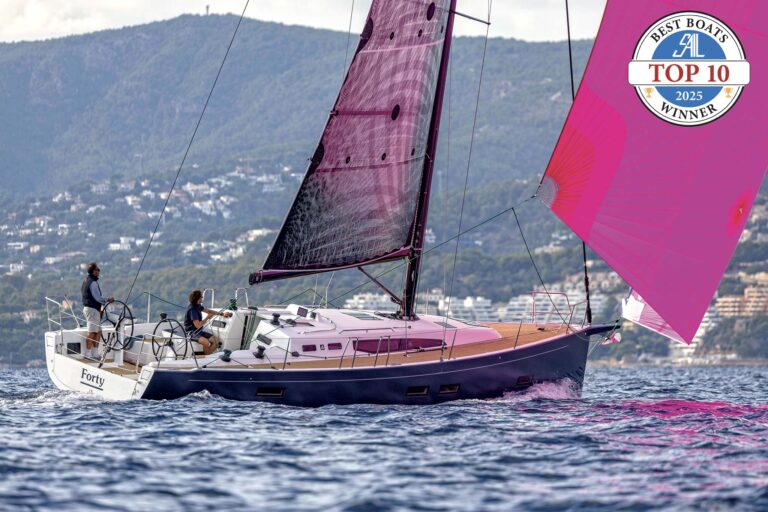Sailmaking ain’t what it used to be, especially out in the Nevada desert
Some years ago I visited the Bavaria factory and was amused at the thought of a powerhouse boatbuilder turning out its products smack bang in the middle of rural Germany, surrounded by fields of cows and crops. This past spring I visited two factory buildings in deepest Nevada that house the most sophisticated sailmaking operation I’ve ever seen. Obviously, building boats or sails by the water isn’t a big deal anymore.
Followers of high-level racing have no doubt noticed the increasing number of dark gray sails among the fleets over the last few years. These are 3Di sails, built at the North Sails factory—you could not call it a loft—in Minden, Nevada. What makes 3Di sails different is their construction—other sailmakers also use high-tech fibers oriented along the load paths in a sail, but the fibers are sandwiched between layers of Mylar film. North’s patented 3Di process does away with the film, instead using a clever system in which fibers are split into their elemental filaments, which are then laid up side by side into tapes, which in turn are made into sail panels by a robot and then thermo-formed into a complete sail on a three-dimensional mold.
The result, according to Minden plant manager Gautier Sergent, is a sail that is light, extremely durable and that holds its shape for a long time. The experience of the Volvo 65 one-designs and the big French Ultime multihulls would bear these claims out. With no film involved, there is nothing to delaminate. They can be torn, although with difficulty, but are easy to repair, and they take well to roller furling, unlike some film sails.
In short, the technology sounds ideal for cruisers, were it not for the expense involved in anything built with exotic fibers. The latest news from North, and the reason for my visit to Minden, is that the 3Di process is now being used to build Dacron sails. The 3Di Nordac sails will be built in exactly the same way as the sails for Grand Prix boats, but use polyester fibers and adhesives instead of expensive carbon and aramid fibers.
I took a walk around the factory buildings with Gautier to check out the process. I have to say I was impressed. Here’s how the sails are built…










July 2017









